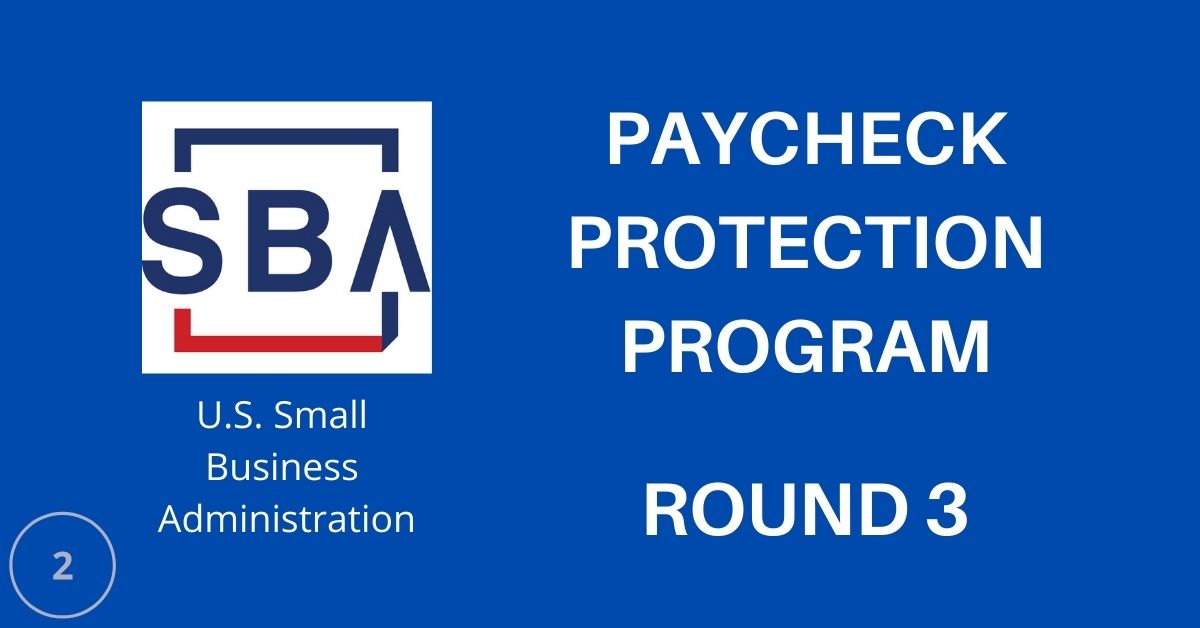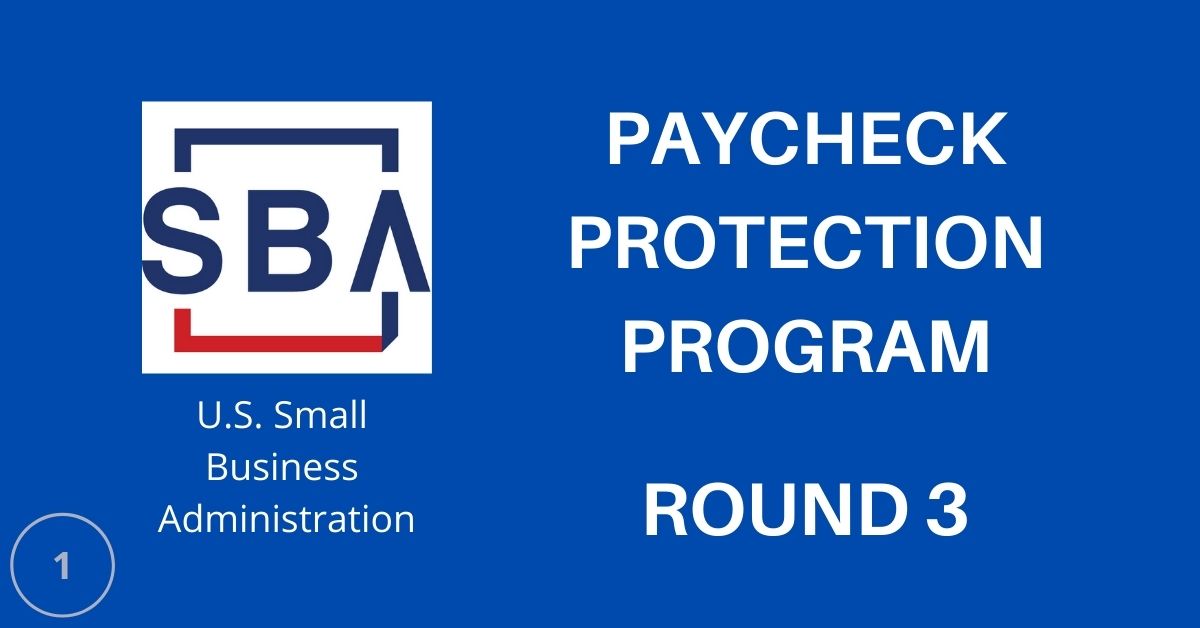Paycheck Protection Program Take Three? – Part 2
January 8, 2021

The previous post on the third round of funding for the Paycheck Protection Program covered the big stuff – the necessity test, qualifications for taking out a second loan, and the latest attempt at simplified forgiveness....




